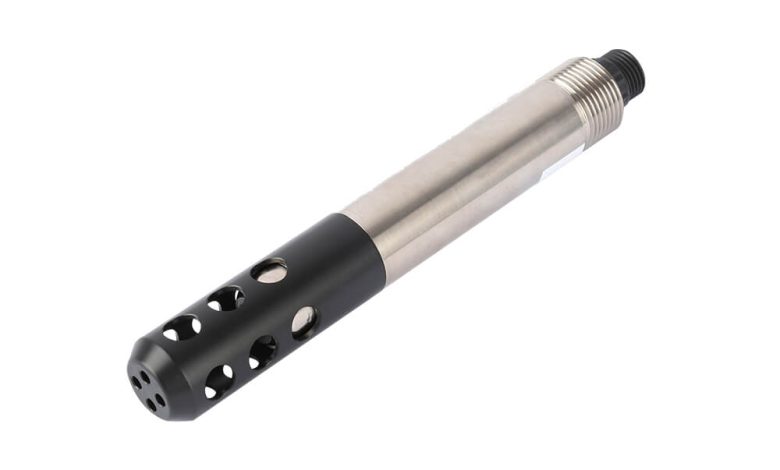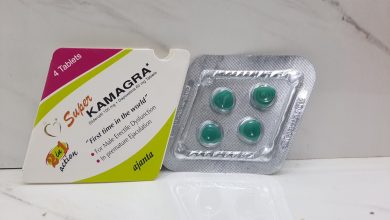Breathe Easy: The Power of Dissolved Oxygen Sensors in Water Quality Monitoring

Water quality is critical for maintaining healthy ecosystems, supporting biodiversity, and ensuring the well-being of communities. One of the most important indicators of water health is the amount of dissolved oxygen (DO) in a body of water. Dissolved oxygen refers to the amount of oxygen that is present in water, which aquatic organisms need to survive. When oxygen levels fall below acceptable thresholds, it can lead to severe consequences, including fish kills, reduced biodiversity, and the disruption of aquatic ecosystems.
In the past, monitoring dissolved oxygen levels was a labor-intensive process, requiring manual sampling and lengthy analysis in a laboratory. However, with the development of advanced dissolve oxygen sensor, it has become possible to continuously monitor and accurately measure DO levels in real-time. This innovation has revolutionized water quality monitoring and provided valuable insights into aquatic environments. In this blog, we will explore how dissolved oxygen sensors work, their importance, and how they help maintain healthier water systems.
What Are Dissolved Oxygen Sensors?
A dissolved oxygen sensor is a device used to measure the concentration of oxygen dissolved in water. These sensors are designed to provide real-time readings of oxygen levels, which is crucial for ensuring that aquatic life can thrive. DO sensors typically operate using either electrochemical or optical principles.
-
Electrochemical Sensors: These sensors measure oxygen concentration by detecting changes in electrical current caused by the reaction of oxygen molecules on an electrode surface. There are two main types of electrochemical sensors: galvanic sensors and polarographic sensors.
-
Galvanic Sensors: These sensors generate a small electrical current when oxygen comes into contact with the sensor’s electrodes. The amount of current is proportional to the oxygen concentration in the water.
-
Polarographic Sensors: These sensors operate by applying a voltage across a pair of electrodes, and the oxygen concentration is determined by the resulting current flow.
-
-
Optical Sensors: Optical DO sensors use fluorescence-based technology to measure oxygen levels. These sensors contain a luminescent material that is excited by light. When oxygen is present, it affects the fluorescence decay rate, and this change is measured and converted into an oxygen concentration value.
Both types of sensors provide accurate, continuous measurements of dissolved oxygen levels, offering real-time data that can be used to assess water quality and detect potential problems before they escalate.
Why Are Dissolved Oxygen Sensors Important?
Dissolved oxygen plays a vital role in the survival of aquatic life. Fish, aquatic plants, and microorganisms rely on oxygen to carry out respiration. Without sufficient oxygen levels, aquatic organisms struggle to survive, leading to reduced biodiversity, changes in ecosystem dynamics, and even mass die-offs in extreme cases.
Some of the key reasons why dissolved oxygen sensors are important include:
-
Aquatic Life Health: Fish, invertebrates, and other aquatic organisms need a minimum concentration of dissolved oxygen to survive. Fish, for example, require oxygen levels of at least 5 mg/L to thrive. When oxygen concentrations drop below this level, aquatic life can experience stress, respiratory failure, or even death. By using dissolved oxygen sensors, researchers and environmental managers can monitor oxygen levels and take corrective actions when necessary.
-
Eutrophication and Hypoxia Detection: Eutrophication occurs when excess nutrients, such as nitrogen and phosphorus, enter water bodies and lead to an overgrowth of algae. When these algae die, they decompose, consuming oxygen in the process. This creates hypoxic zones—areas of low oxygen—where most aquatic life cannot survive. Dissolved oxygen sensors can help detect early signs of eutrophication and hypoxia, allowing for timely intervention to prevent ecosystem collapse.
-
Water Treatment Optimization: In water treatment facilities, oxygen levels must be carefully controlled to support the biological processes that break down organic matter. By using dissolved oxygen sensors, operators can optimize aeration processes, ensuring that oxygen is delivered in the right amounts to promote efficient waste treatment. This leads to better water quality and more efficient energy use.
-
Aquaculture Management: In aquaculture, the health of farmed fish and other species depends on maintaining optimal oxygen levels in the water. Dissolved oxygen sensors provide real-time data that allows farmers to adjust feeding rates, aeration systems, and water flow to ensure that their stocks are receiving enough oxygen for healthy growth.
-
Regulatory Compliance: In many countries, water quality standards are enforced to protect both aquatic ecosystems and public health. Regulators often require regular monitoring of dissolved oxygen levels in rivers, lakes, and coastal waters. By deploying dissolved oxygen sensors, environmental agencies can ensure compliance with these regulations and prevent water quality issues that might affect human populations.
Applications of Dissolved Oxygen Sensors
The versatility of dissolved oxygen sensors means they are used in a wide range of applications, from environmental monitoring to industrial processes. Some of the key areas where these sensors are making a significant impact include:
-
Environmental Monitoring: Environmental organizations and government agencies use dissolved oxygen sensors to monitor water bodies, such as lakes, rivers, and oceans. This data is crucial for detecting pollution, understanding seasonal variations in oxygen levels, and identifying areas where aquatic ecosystems are under stress.
-
Wastewater Treatment: Wastewater treatment facilities rely on dissolved oxygen sensors to ensure that the biological treatment processes (such as activated sludge treatment) are working effectively. By maintaining the right oxygen levels, these facilities can reduce the environmental impact of wastewater discharges and produce cleaner water for reuse or release.
-
Aquatic Research: Scientists and researchers studying aquatic ecosystems use dissolved oxygen sensors to gather data on how different species, ecosystems, and environmental conditions affect oxygen levels. This information helps to deepen our understanding of water quality, biodiversity, and climate change impacts on aquatic environments.
-
Marine Conservation: Marine protected areas and conservationists use dissolved oxygen sensors to monitor coral reefs, mangroves, and other sensitive marine habitats. Low oxygen levels can contribute to coral bleaching and other forms of environmental degradation, making these sensors an essential tool for conservation efforts.
-
Aquaculture: Aquaculture facilities use dissolved oxygen sensors to monitor the oxygen levels in fish tanks and ponds, ensuring that their fish are growing in optimal conditions. These sensors help aquaculturists make data-driven decisions to improve stock health and productivity.
Conclusion
Dissolved oxygen is a fundamental factor in the health of aquatic environments, and the ability to monitor it in real-time is a game-changer for water quality management. By using dissolved oxygen sensors, we can gain valuable insights into the oxygen dynamics of various water bodies and take proactive steps to protect aquatic ecosystems, safeguard biodiversity, and ensure that our waters remain healthy for generations to come.
As technology advances, the capabilities of dissolved oxygen sensors will continue to improve, offering even greater accuracy and functionality for researchers, environmental managers, and industries that rely on clean water. With these sensors in place, we can breathe easy knowing that we are taking meaningful steps toward a healthier, more sustainable aquatic future.




